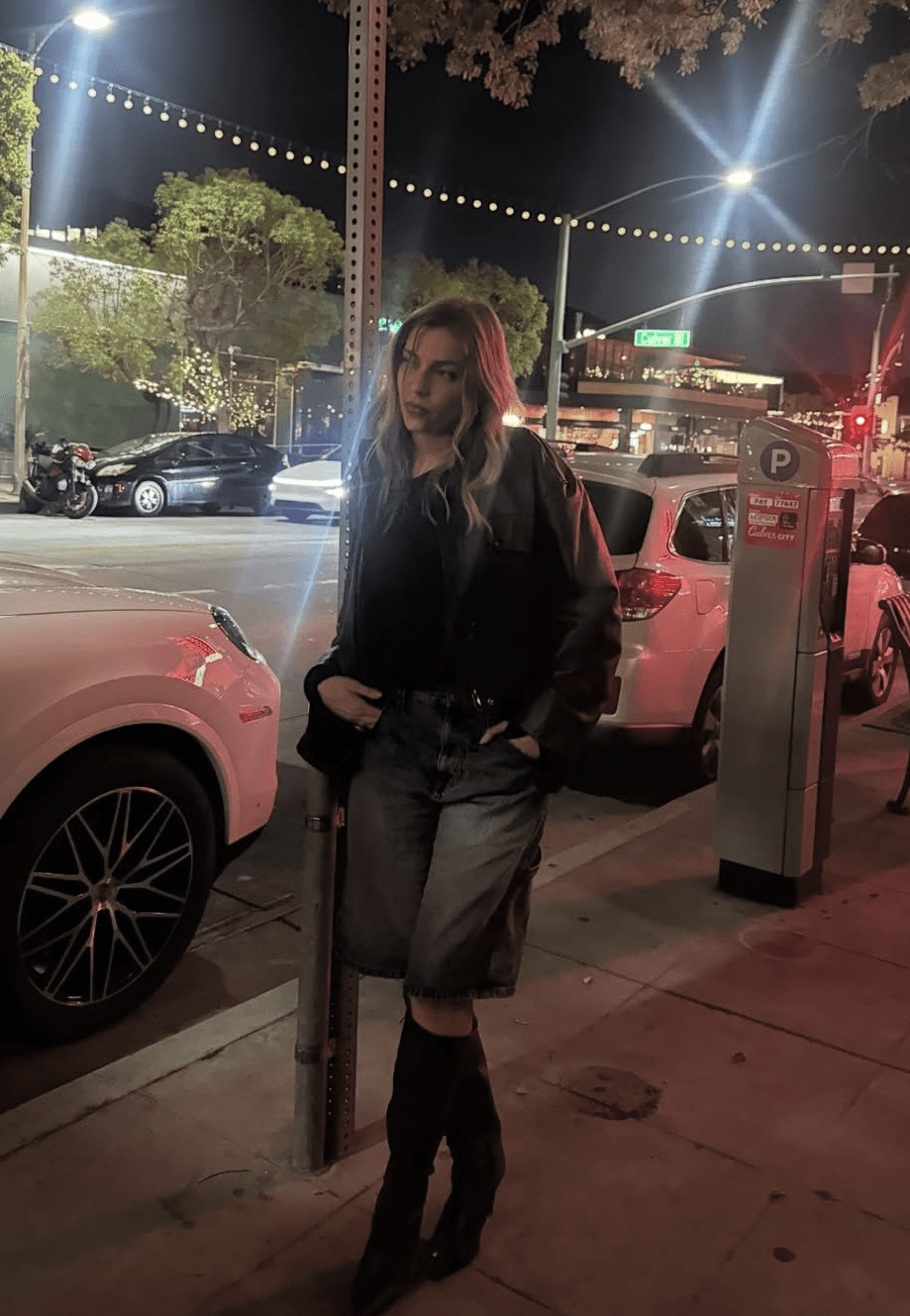Now I understand, it’s not a perfect world. Nobody is perfect. We can’t do everything right every second of every day. And so with that I understand that we can’t always be sustainable. Sometimes we really like that one pair of shoes, but it’s from that terrible brand that we always try to stay away from. And sometimes we sneak our way over to that store that we swore we would never step into again until they changed their ways.
Trust me, I’ve been there and done that. But that doesn’t mean we can’t make goals.
If everyone does a little bit, we can surely make our way to a better Earth. If everyone does a little bit, we can make fashion have less of a negative impact on our Earth. My goal is to make 70% of my wardrobe sustainable. Meaning, I want most of my clothes to be thrifted, upcycled, handed down to me, etc. But that doesn’t mean I cut off every other option completely, I just choose other options before I choose to shop at that non-sustainable site. Also, when there’s something I’m dying for or something I’ve been saving up for, I buy it because I know the other 70% of my closet is not hurting the Earth. And your goal can be 25% or 50% or whatever you want it to be! If everyone had even a small goal, we could do big things together.
One way to shop sustainably, even when shopping at some of the non-sustainable stores, is to focus on the fabrics and fibers of the garment.
COTTON:

Did you know that cotton production uses more pesticides than any other fiber? Plus it needs 2700 liters of water to produce a single cotton shirt.
A better option would be to shop recycled cotton or organic cotton. Recycling cotton does take a lot of resources, but it is a far better alternative than regular cotton. Organic cotton is grown without chemicals and pesticides of any sort, but it does require even more water. Both are not the best, but still better options than just regular cotton!
LINEN & HEMP:

Linen and hemp are both ideal alternatives to any type of cotton. They’re both breathable, perfect for heat, they are strong, and durable. Linen can keep you four degrees cooler than cotton and hemp is three times cooler than cotton. Both are grown without any pesticides and need way less water. Plus, they’re biodegradable!
SILK:

Silk production has ethical issues involved in the process. The silk worms are killed by being boiled to death while making the silk. The better option would be to look for what is called Peace Silk. This kind of silk is ethical because no worms are killed in the process. Other than that, silk does pretty good with the environmental side of it all. Silk is also biodegradable and is very durable (one of the strongest natural fibers), so it is a good fabric to use for upcycling. The cons for silk is that it can tear, discolor and stain easily and often requires special clearing requirements like dry cleaning.
WOOL:

Wool contributes to a lot of environmental issues. Wool is obtained from sheep and sheep produce lots of methane gas. Believe it or not, methane gas emission from livestock is such a problem that scientists are working on ways to make animals fart and burp less in order to reduce those emissions. They are trying to breed animals that burp less, adjusting their diets so they produce less methane and planting trees in pastures.
Also, sheep farming uses pesticides which are not only toxic for the Earth but incredibly toxic for the sheep. Finally, there has been a lot of controversy on how the sheep are taken care of in these sheep farms. There have been a plethora of animal abuse claims throughout the years. For these reasons, I always look for cruelty-free, organic labels or recycled wool. Recycled wool goes through a sorting process where different colors of wool are distributed into different piles, requiring no dye whatsoever, getting rid of the need for pesticides.
CASHMERE:

Cashmere is a wool but is usually acknowledged separately. Regenerated cashmere is a great alternative as well. It is made from post-factory wool. And then finally, recycled cashmere. Recycled cashmere is the use of old wool sweaters and a mix of other fibers to bring new life to garment. It is then very durable because of the mixture of other fibers along with the wool.
I’m always on the lookout for more sustainable options and I think everyone should be too. Buy what you want, from where you want, when you want to. But also think, if you make a trip to the thrift store every now and then or if you look at the label and try to choose items with recycled fabrics, you are taking that first step to helping our planet one person at a time.
Please follow me on Instagram at @LexySilverstein and subscribe to my blog eLEXYfy.com. If you have any questions, please contact me at Lexysilverstein@gmail.com.




